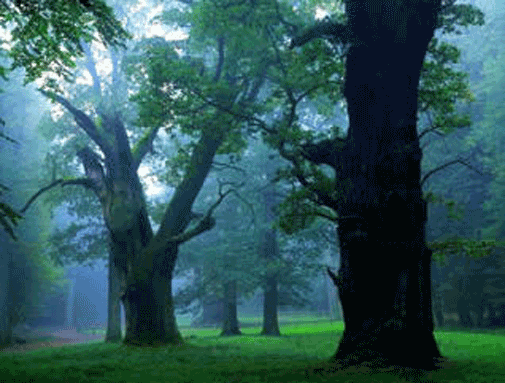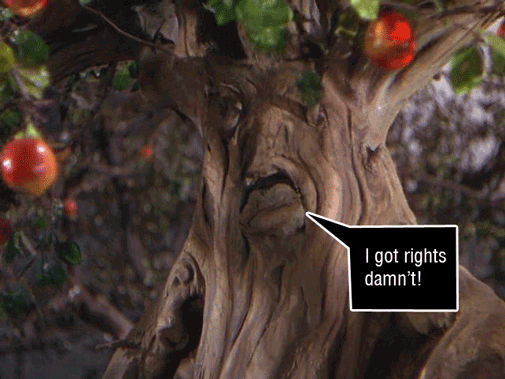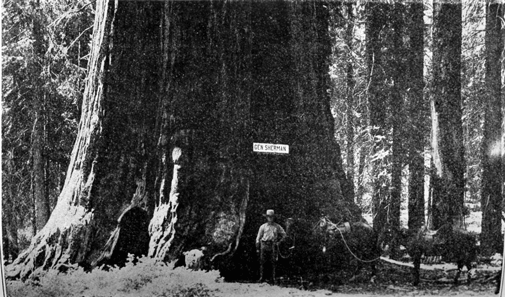
Compliments of the Boston Globe, we were pointed to two entities of imagery of vast landscape complexities.
The first is a series of photographs from Photographer Yann Arthus-Bertrand, which will be featured in his exhibit entitled Earth from Above, aims to inspire people to think globally about sustainable living. Arthus-Bertrand has been photographing unique views of our planet, seen from the sky, since 1994 - and has produced an exhibit of over 150 4-ft. by 6-ft. prints which will be on display in New York City at the World Financial Center Plaza and along the Battery Park City Esplanade from May 1, 2009 to June 28, 2009. When completed in New York City, the Earth from Above exhibit will also move on to California in 2010.
The second entity, displays a quick video of the transformation of Autumn leaf color throughout the Northeast. A beautiful and natural occurrence of performance art transcending us into the cold dead of winter. Perhaps a visually triggered ephemeral dose of endorphins aimed to pull us through till spring.
The photographs which display both man-made and natural landscape phenomenon show an architectural congruity between the two. Whether through years of geologic processes, or the hand made infrastructure which sustains life in the utmost rogue environmental extremes, intricate patterns and spaces are formed by each, which indirectly, and in some cases directly define the reasoning of their creation.
Nonetheless, landscapes and spaces are formed, and it’s through these processes that we might find insight into our own design.









{All photographs by Yann Arthus-Bertrand via The Boston Globe}















